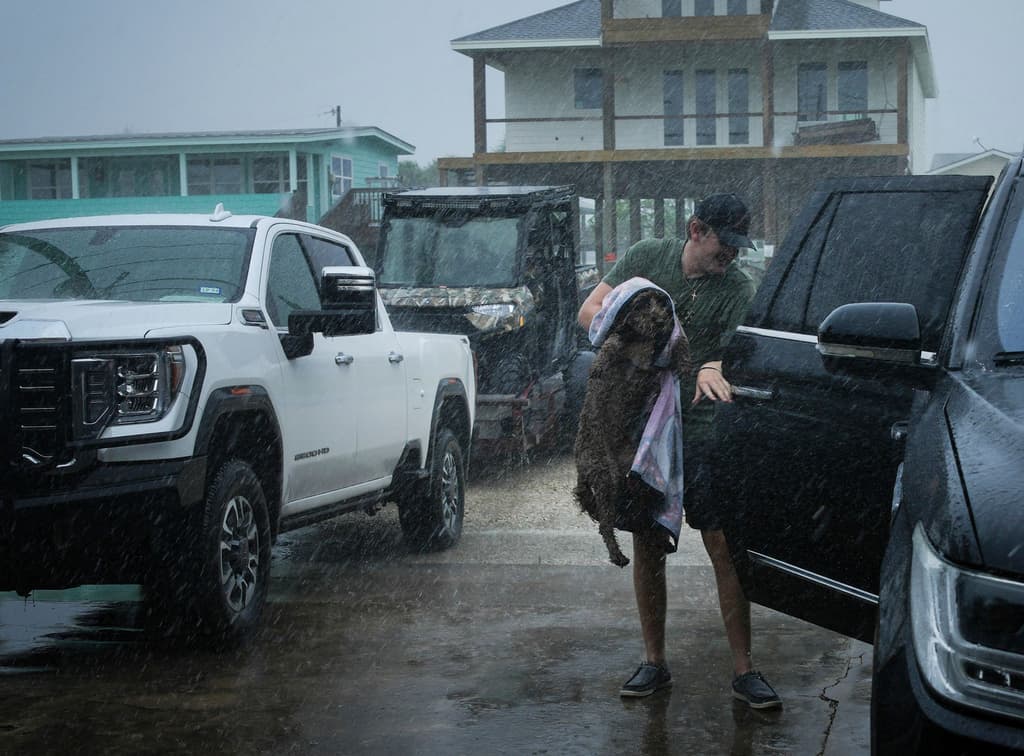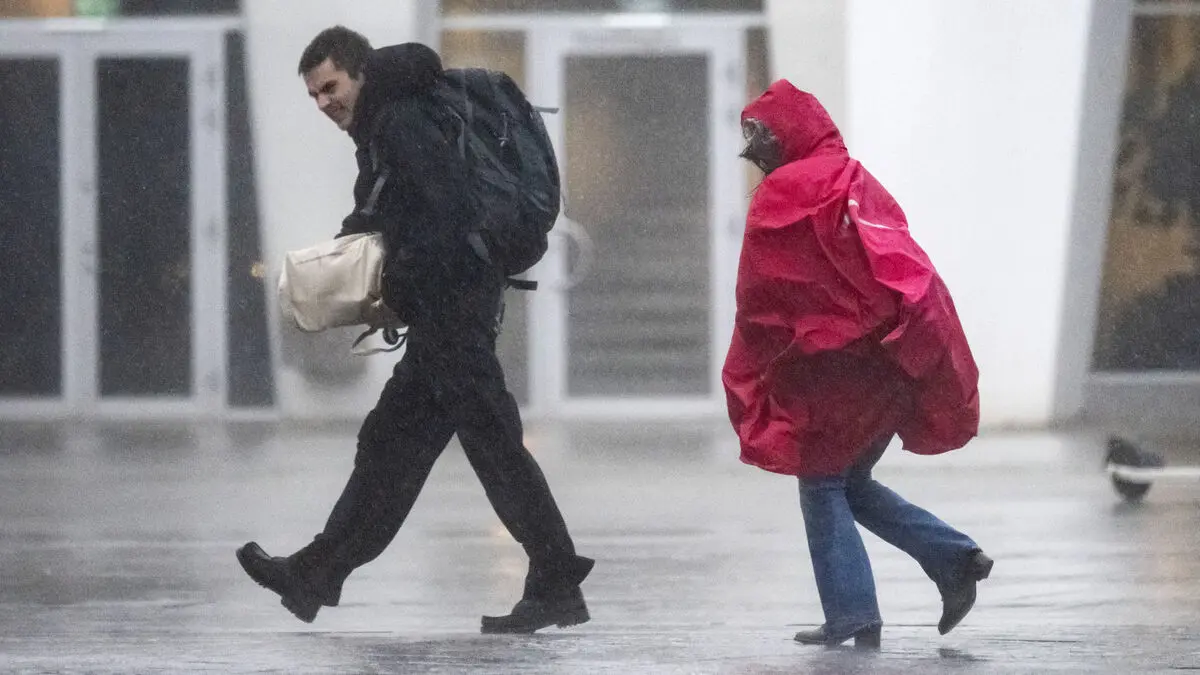The storm Beryl swept in as a deadly hurricane over Mexico and the Caribbean before reaching the Texas coast and cutting off power to two million households. Now it has decreased in strength – but continues to cause problems as a tropical storm.
High water began quickly closing roads around Houston when Storm Beryl made landfall with wind speeds of nearly 130 kilometers per hour.
More than 1,000 flights have been cancelled at Houston's two airports. The flooding is feared to last for several days.
The storm's center is expected to move over eastern Texas on Monday and then through the lower Mississippi Valley to Ohio on Tuesday and Wednesday.
Beryl is moving inland, but this is not the end of the story yet, says Jack Beven, hurricane specialist at the National Hurricane Center.
Before the storm made landfall, authorities warned that not enough people were taking the warnings seriously.
The storm has already caused extensive damage in the Caribbean, where eleven people have died, and Mexico. In Texas, two people have lost their lives after trees fell on their houses in the Houston area.
It is extremely rare for a storm of this strength to form so early in the Atlantic hurricane season, which runs from the beginning of June to the end of November. According to researchers, climate change likely plays a role, as warmer sea water causes storms to intensify faster in wind speed, writes AFP.





